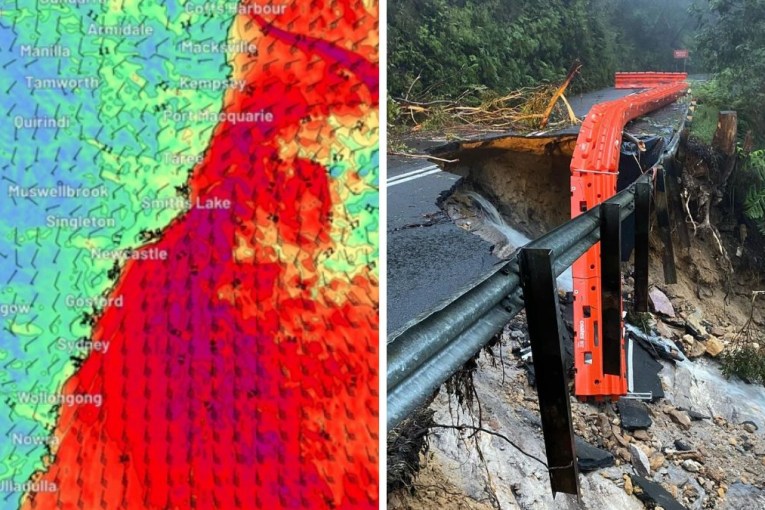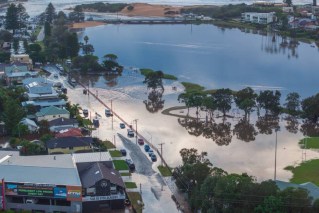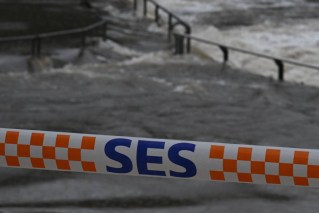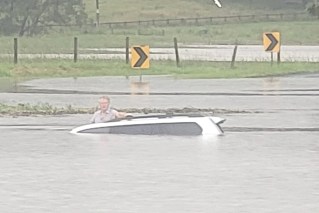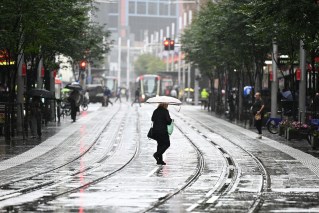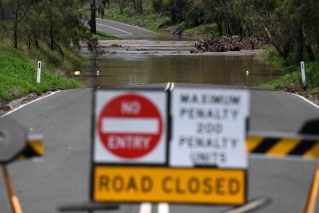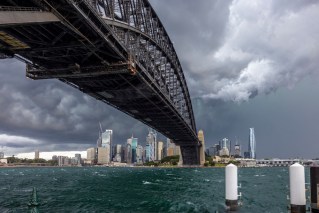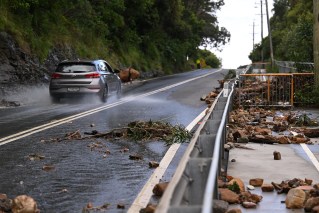Heat causes NSW power demand to reach record levels

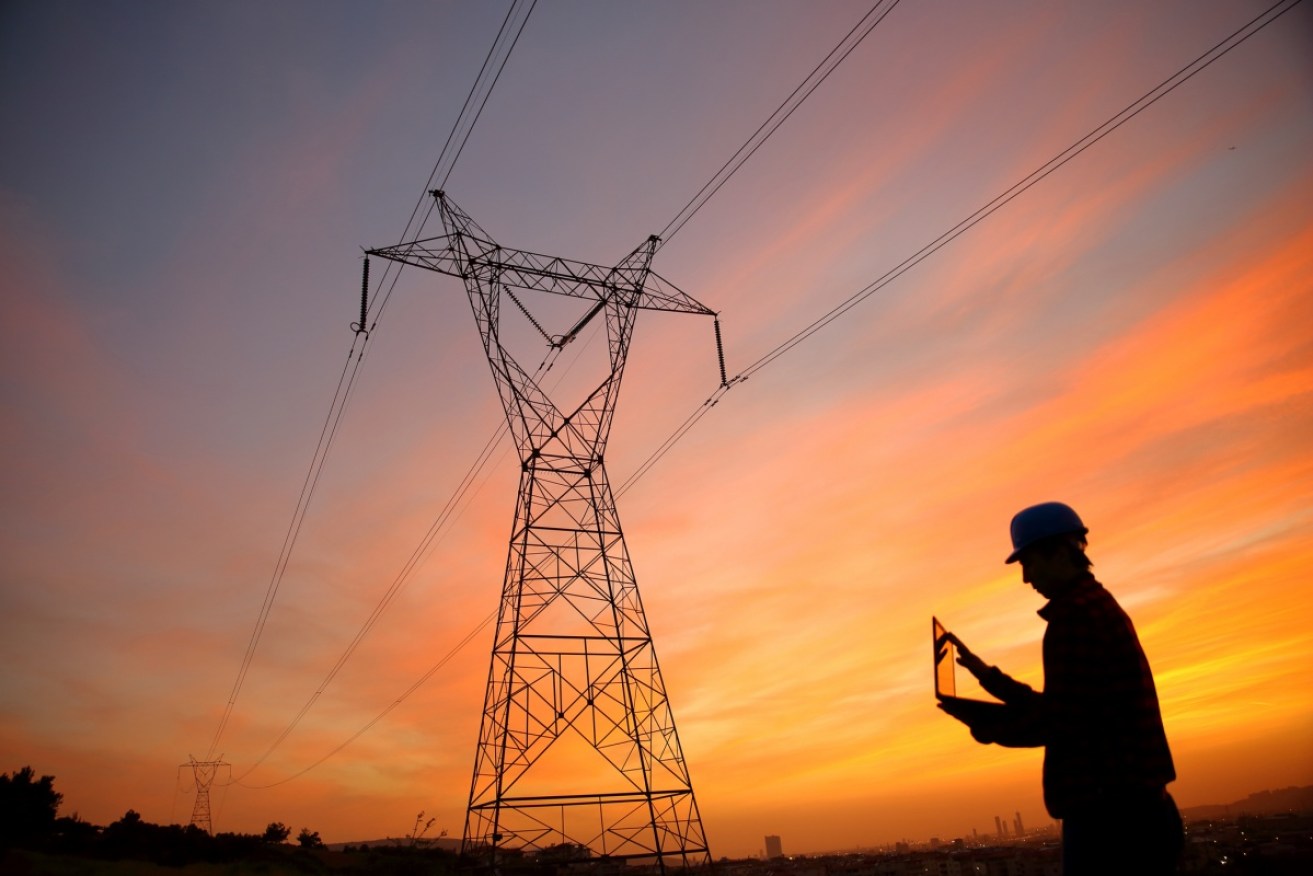
Parts of western Sydney hit 44C on Friday and tare forecast to hit 45C on Saturday. Photo: Getty
Demand on the New South Wales power network reached unprecedented levels on Friday as temperatures soared to highs of 45C in western Sydney and 47C in the western Riverina town of Hay.
There were some power outages due to localised faults, but the state avoided rolling blackouts, Energy Minister Don Harwin said.
“I want to thank the people of NSW for their patience and understanding, particularly to those who reduced their energy use this afternoon,” he said in a statement.
While the worst had passed, he said, households and businesses still needed to remain vigilant and limit their energy use over the weekend.
NSW managed to dodge the rolling power outages, or load shedding, “predominantly due to reduced electricity consumption across the state”, the Australian Energy Market Operator (AEMO) said.
The operator also commended one of the state’s biggest electricity users, aluminium smelter Tomago, for shutting down its power during the peak evening period.
AGL said that if power to the smelter was not cut then there would be electricity cuts to schools, businesses and homes across NSW.
“AGL has decided to reduce power supply to Tomago smelter near Newcastle to try to prevent blackouts elsewhere… during peak power demand,” a company statement said.
Tomago Aluminium said the company’s infrastructure was at risk if power could not be restored.
“This is not on, we should have a reliable power supply,” Smelter manager Matt Howell said.
“We should not be forcing manufacturing to the wall where we simply can’t keep the lights on.”
About 11,000 people lost power on Friday afternoon because of a fault on the local network, Ausgrid said, with power restored to most homes within two hours.
Minister Harwin said the abnormal weather event had highlighted the “pressing need for energy market reform in NSW” – an issue he would raise at the COAG Energy Council next week.
“I will also be establishing an Energy Security Taskforce. This Taskforce will report to me on ways we can better manage the impact of extreme weather on energy security, including our readiness, planning, preparation and response capability,” he said.
Beaches closed in Queensland
The heat in Queensland also took a toll on Friday, with three school students hospitalised north of Brisbane after suffering heat-related problems.
Meanwhile, Gold Coast residents seeking heat relief were dealt a blow, with dangerous swells forcing the closure of at least a dozen beaches.
Temperatures across the state’s south will rise on Saturday before peaking on Sunday.
The mercury in Brisbane is set to reach 39C on Sunday, while a top of 42C is tipped for Ipswich.
A high of 46C is forecast for a number of towns in the southwest, including Birdsville which has endured 43C-plus temperatures every day since Australia Day.
Birdsville could smash its February heat record of 46.2C on Sunday and possibly break the Queensland record of 46.5C.
Brisbane’s hottest day February was in 2004 when the mercury reached 41.7C.
The Bureau of Meteorology’s Lauren Pattie said temperatures in the capital could go up or down on Sunday depending on when a sea breeze arrived.
But she said there wouldn’t be any real heat relief until Tuesday after the arrival of a southerly change and trough from the southwest.
The heatwave has paramedics urging residents to prioritise their health and look out for the vulnerable.
They’ve urged people to swap caffeinated drinks for water, eat small and regular meals and wear light-coloured cotton clothing.
Those planning to crank-up the air-conditioning have been assured they can rely on Queensland’s power network, which is being used to help NSW meet its power needs.
“We have confidence in the Queensland power system, which is very robust,” Queensland Energy Minister Mark Bailey said.
“To be quite frank, without Queensland power today NSW would be in absolute dire straits.”
Almost 40C in Adelaide
South Australia’s heatwave woes — the state is forecast to be among the hottest, with Adelaide hitting 39.2C around 4.30pm Friday and the north pastoral districts going well into the 40Cs — are being magnified by power outages and uncertain power supply.
Load shedding during extreme heat on Wednesday night resulted in 90,000 customers losing electricity supply.
The State Government said it was planning a dramatic intervention in the electricity market but has not yet gone into detail about what this means.
The BoM said the extreme heatwave was moving through the southern parts of South Australia and much of Victoria, while spreading further east into New South Wales’ coastal regions and south-west Queensland.
In northern Victoria, temperatures were tipped to soar to 44C but Mildura exceeded that figure, nearing 46C in the afternoon.
– with AAP
